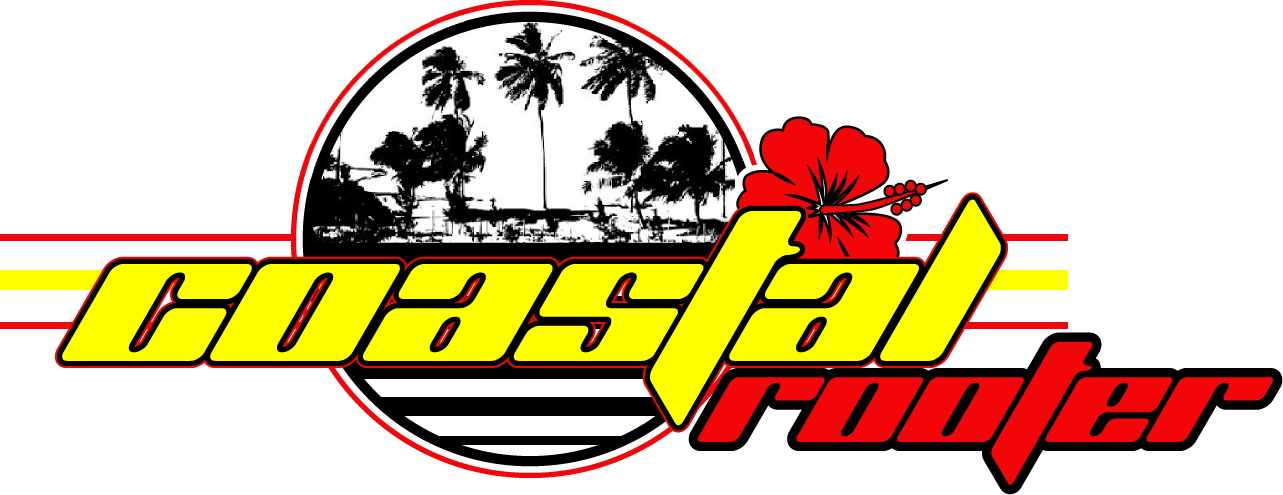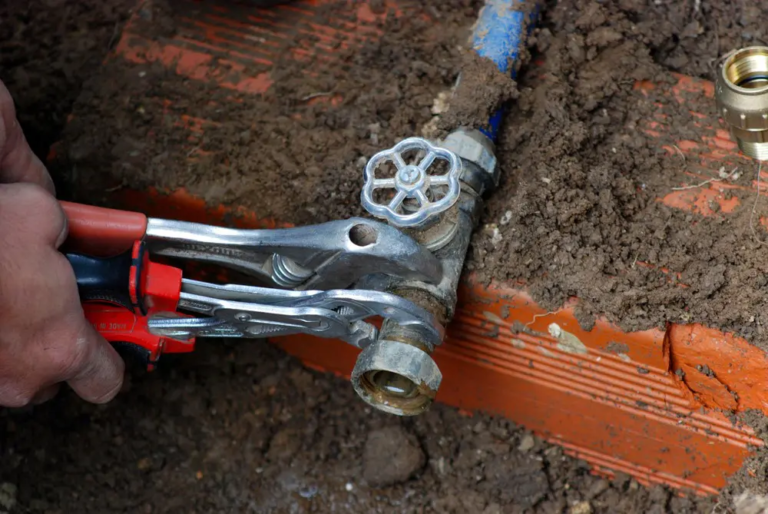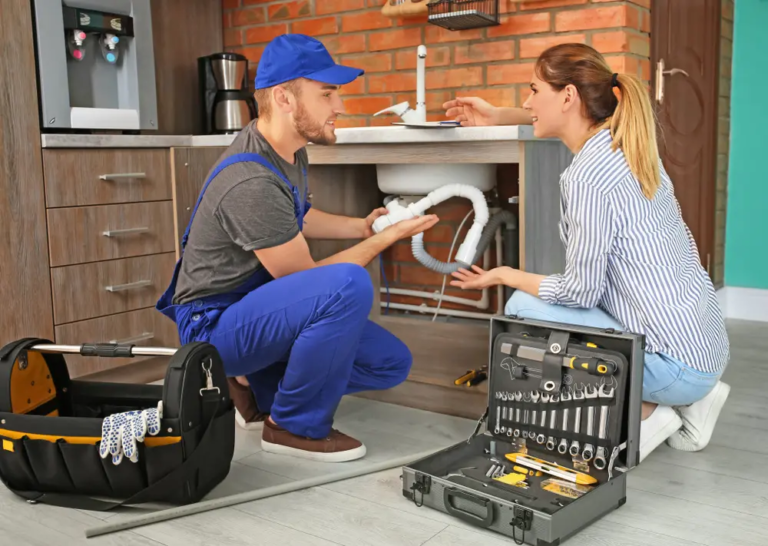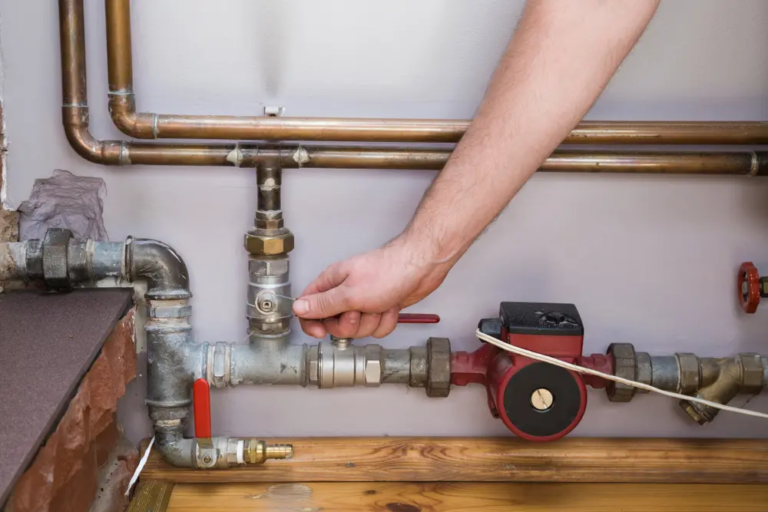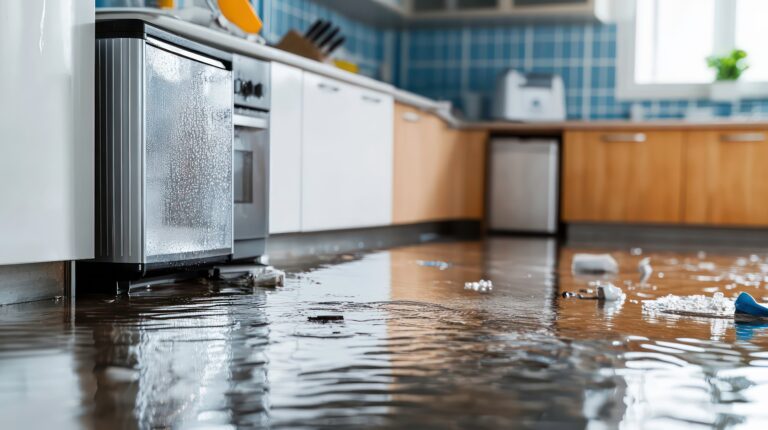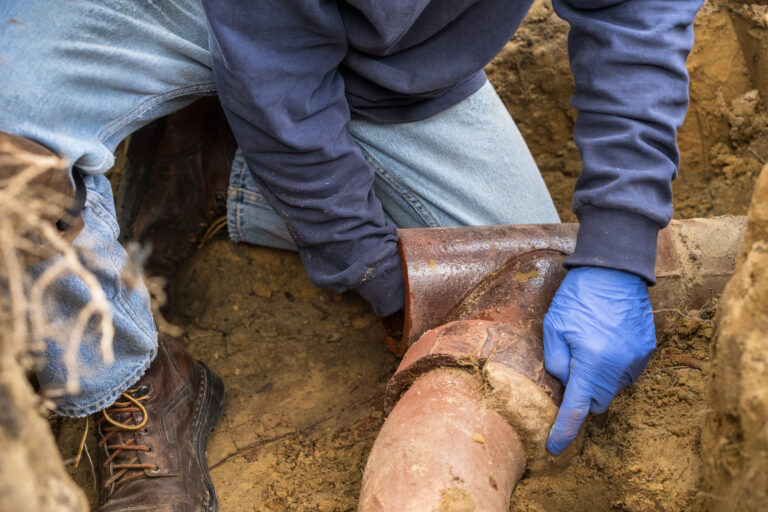What’s the Difference Between a Drain Clog and a Sewer Backup—and Why It Matters
Coastal Rooter helps Chula Vista homeowners quickly identify whether they’re dealing with a simple drain clog or a more serious sewer backup, using the right tools and solutions to prevent damage, restore flow, and stop recurring issues.
It starts with slow drainage—a sink that won’t clear, a tub filling with standing water, or a toilet that bubbles when another one is flushed. At first, it might seem like a minor clog. But what if it’s something more serious?
Understanding the difference between a drain clog and a sewer backup is crucial. While both involve wastewater not flowing properly, they point to very different problems—and require very different fixes. If you respond to a sewer backup like it’s a typical clog, you could risk water damage, exposure to raw sewage, and higher repair costs down the line.
What Is a Drain Clog?
A drain clog happens in a single fixture—such as a kitchen sink, bathroom sink, shower, or toilet. These clogs are typically caused by hair, soap scum, grease, food particles, or small objects that get lodged in the drain or trap. Drain clogs are localized, meaning the rest of your plumbing may function normally even if one drain is slow or completely blocked.
Signs of a drain clog include:
- Water backing up in only one fixture
- Slow drainage from a single sink, tub, or toilet
- Gurgling sounds in one drain
- Foul odors near the clogged drain
In most cases, drain clogs can be cleared using plungers, drain snakes, or professional drain cleaning equipment. These are common problems and usually resolved quickly—especially when caught early.
What Is a Sewer Backup?
A sewer backup is more serious. It happens when the main sewer line—the pipe that carries all wastewater from your home to the city sewer system—becomes blocked or damaged. When that line clogs, wastewater has nowhere to go, so it begins backing up into your home through the lowest drains (often showers or basement floor drains).
Common causes of sewer backups include:
- Tree roots infiltrating the main sewer line
- Collapsed or cracked pipes
- Grease or debris buildup over time
- Foreign objects flushed into toilets
- Issues with city sewer systems during heavy rain
Signs of a sewer backup include:
- Water backing up from multiple drains at the same time
- Toilets that overflow when other fixtures are used
- Slow drainage across all fixtures
- Sewage odors coming from floor drains or toilets
- Wastewater coming up in tubs or showers
If these symptoms appear, it’s not a simple clog. You’ll need a professional plumber to inspect the line, usually with a sewer camera, to determine what’s causing the blockage and how to fix it.
Why the Difference Matters
Misdiagnosing a sewer backup as a drain clog can lead to repeated flooding, property damage, and even health risks from exposure to contaminated water. A plunger or bottle of drain cleaner won’t solve a blocked main line—and forcing more water down can make the situation worse.
Knowing the difference helps you:
- Respond faster when backups happen
- Avoid damage by shutting off water before it floods
- Get the right service—simple drain cleaning vs. full sewer repair
- Prevent recurrence by fixing the root cause, not just the symptoms
Sewer backups can also affect your entire plumbing system, which is why early diagnosis is key to protecting your home and avoiding future emergencies.
How Coastal Rooter Solves the Problem
At Coastal Rooter, we start with a proper diagnosis. If you’re unsure whether it’s a clog or a sewer backup, we send a trained technician to inspect your system using drain cameras, pressure tests, and sewer scopes if needed. This lets us pinpoint whether the issue is isolated or part of a larger system failure.
For simple clogs, we use mechanical snakes or hydro-jetting to restore full flow. For sewer line problems, we offer modern solutions like trenchless pipe lining, which repairs cracked or root-invaded pipes without digging up your yard.
Our goal isn’t just to restore drainage—it’s to make sure the issue won’t come back next month. That means treating the root of the problem, whether it’s a grease blockage, old pipe corrosion, or invasive tree roots.
When to Call a Plumber Immediately
If you’re seeing any of the following, don’t wait:
- Multiple drains backing up at once
- Water or sewage coming up through showers or basement drains
- Strong sewer smells in your home
- Recurring clogs that don’t stay fixed
These are warning signs of a main line problem. The faster it’s addressed, the less risk there is to your home and health.
Get the Help You Need from Coastal Rooter
When you’re facing drainage problems in Chula Vista, don’t take chances. Coastal Rooter is here to help you figure out whether it’s a basic clog or a more serious sewer line issue—and fix it fast. Our licensed plumbers bring the right tools, training, and honest advice to every call, so you can stop the water and get your home back on track.
Call Coastal Rooter today for expert service and clear answers. Whether it’s one slow sink or your whole house is backing up, we’ll find the cause and provide a lasting solution.
